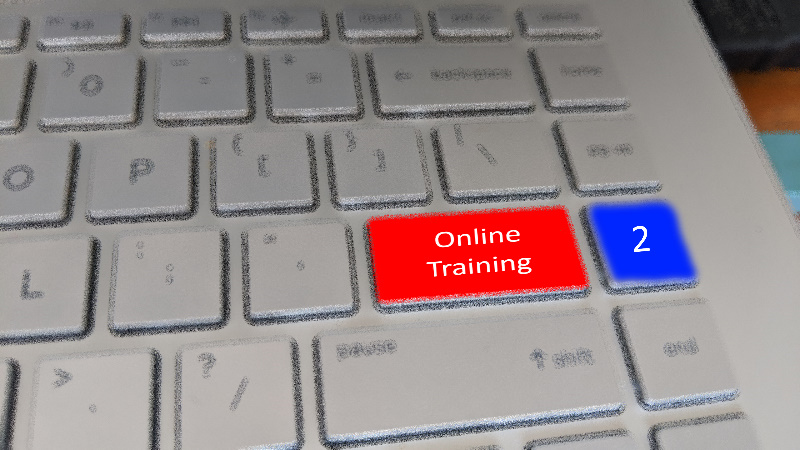So all of us have to continue to Work-from-home. Let’s make better use of what tools we have available. Remember this write-up here is platform-agnostic. So you can use these tips on Zoom, Skype, Webex, Teams, or your company’s chosen or proprietary platform.
If you have missed any of the previous sessions, here they are: Episode 1, Episode 2.
A. Moderation
- Have a moderator, tech support online if you host a large/important group
- Moderator/assistant can take equipment/connection questions to the side and get tech support to help without disrupting the main session
- Moderators can take questions, notes while main trainer continues with class
- At the end of session, moderator can recap answers, read out outstanding questions for follow up.
B. Ground Rules
- Have the moderator state the ground rules and etiquette at the very start.
- Start with all participants on mute so as not to interfere with lesson, esp when one or more students are in noisy environment, have broken equipment that generate a lot of noise, in a location with a bad connection
- Take attendance at some point so that you can know who was present. Just do a screen capture.
- Inform the class if you want questions throughout lesson to be more interactive or keep questions to the end of session to save time and have better control
- You can also break the class into different sections with interactive sessions between to make class interesting
- If interactive, keep everyone on mute unless he/she is speaking
- Announce any timing of session (length of lesson, length of Q&A, any quizzes, recap of last lesson)
- Start on time because students may have other appointments too.
- Allow students to turn off video as some can be in inconvenient places
C. Etiquette
- Start on time because students may have other appointments too
- If there are students who do not come on time, just wait 5-10 minutes then start. It is not right to waste the time of other students who turned up on time.
- Everyone including trainer and moderator to turn off mobile phones or go silent mode
- Tell students they have been muted, unmute themselves if they wish to speak
D. Technology problems
- Connection: Have the moderator and students check that you are connected always. If students are disconnected or have technical problems individually, have moderator to handle so as not to disrupt the class, unless the problems is widespread.
- Video content: If you play video and share your screen, some students’ broadband connection may not keep up. You can have a URL in your slides so students can watch on their own.
- Lighting: if students have lighting problems and you cannot see their face, there is little you can do.
- Microphones: Get a good microphone or headset. This investment will last a long time and save a lot of pain for everyone.
Some conference systems will change focus (which participant appears on the main screen) depending on who is speaking. This can be very distracting especially when someone is in a noisy place, typing in the background, etc. So it is best to mute everyone except the trainer or whoever is asked to speak.
If someone has a problem speaking, echoes, noise during the session, get him/her to reconnect or type questions if reconnection cannot fix.
Broken microphones is a common problem with headsets. Ask them to change equipment or use the one in PC or mobile phone just to check. - Speakers: make sure your speakers allow you to hear properly. Do not turn on 2 speakers or 2 microphones in the same room at the same time. This will usually confuse the conferencing systems and lead to echoes and feedback loops.
- Software: If you use a conference system that has whiteboarding, you can pass control to students (if not too many) to type answers, draw on the screen. At the end of the session, get the class to take a picture of the resulting collaboration. Have the moderator do the same.
- Battery backup: Have battery backup for every all critical equipment like laptop, router, lighting in case of blackout. Worst case, carry on course using phone line with students following on PDF slides that were previously downloaded.
E. How to handle questions?
- Do you want to answer questions interactively or wait till the end.
- Moderator can help queue questions. If group is large, get him/her to pick questions that are most popular.
- If class is small, you may want students who are very quiet to participate more. It’s like face-to-face class but you just can’t see them, so you’ll have to check their online activity.
- You can’t see the students so you’ll have to probe them to check that they have understood the lesson.
Next week we will wrap up with the final installment with (you’ve guessed it) What to do AFTER the training session. Till then I wish everyone to stay safe, stay healthy, stay at home.







Leave A Comment